City seeks expansion of sewer system
Septic systems within the city borders could be a thing of the past if a new report on wastewater commissioned by the city is fully implemented.
Under the draft report Sewer Phasing Plan Study — delivered to Grand Forks city council recently by Urban Systems — seven areas of the city under serviced by the sewer collection system were examined and rated.
The scope of the work was limited to those parts of the city (seven neighborhood areas in all) that currently did not have community sewer service — the areas utilized onsite septic tank and ground dispersal systems.
“It is the city’s long term goal to eliminate on-site ground disposal systems by connecting to the community sewer system,” noted a report from City of Grand Forks Development and Engineering on septic systems.
Since this is expected to happen gradually, the impact of the report now was to assess which areas represented the highest priority with respect to safeguarding the environment, the quality of the city groundwater supply and public health.
Based on a low (one) to high (four) risk rating system, none of the seven sewer areas were deemed a high risk (four), but there were some smaller areas within individual sewer regions that had an individual parcel risk rankings of four, the report noted.
Digging into the qualitative risk analysis, the sewer regions of southwest Grand Forks, Johnson Flats and parts of the central region of the city posed the highest overall risk with respect to the effectiveness of in-ground effluent disposal, the report revealed.
“This is mainly due to the higher risk ratings associated with a small parcel size, location within the setback distance requirements and/or capture zones, as well as flooding and high groundwater table as a result of proximity to the Kettle and/or Granby Rivers,” it read.
The sewer regions of Airport/Industrial, Richmond/PW, parts of the north of the city, South Ruckles, Highway 3 East and Donaldson northwest appeared to pose a low to intermediate risk with respect to the effectiveness of in-ground effluent disposal, the report explained.
“Where numerous groundwater wells are concentrated within one area of the sewer region (Donaldson northwest, South Ruckles and Richmond/PW), the risk of impacting groundwater supply sources from the in-ground disposal of effluent is likely to increase, particularly in established communities where disposal systems may be older and/or in
developed communities where parcel sizing may be smaller,” the report said.
Speaking of sewer
The sanitary sewer system in Grand Forks is comprised of a combination of individual on-site septic disposal systems and a community sanitary sewer collection system.
Since the mid-1990s, Grand Forks has been committed to pursuing sanitary sewer service for all residents on a phased basis and has made some progress in providing sewer service for the community since then.
The process has recently gained community interest with the preparation of the Kettle River Watershed Management Plan (KRWMP) and the city’s Well and Aquifer Protection Plan.
The KRWMP identified the impacts to the water quality and quantity for both the Kettle River as well as the Grand Forks Aquifer. The un-sewered areas of Grand Forks are considered to be a major source of nitrate and phosphorous loading to both the aquifer and to the Kettle River, particularly near the east end of the community where the aquifer is shallowest and the un-sewered areas are located in the floodplain of the Kettle River.
The intent of the studies is to reduce the number of on-site septic disposal systems since they continue to age and the number of failures is expected to increase and potentially further impact the health of the public and that of the aquifer and the Kettle River.
The Grand Forks aquifer provides potable and agricultural water supply to several water utilities including the City of Grand Forks, Sion Improvement District, Grand Forks Irrigation District, Covert Irrigation District and several smaller community water systems.
— Source: City of Grand Forks
Digging into the system
The assessment of risk factors provided a desktop overview of five parameters that relate to contamination risks:
- soil types and permeability;
- slope;
- depth to groundwater;
- parcel size;
- distance to surface water and/or wells.
The city received funding under the 2017 Federal/Provincial Clean Water and Wastewater Fund to undertake a report on potential future expansion of the sewer collection system, which included a prioritization of areas based on safeguarding the environment, the quality of the city groundwater supply, and public health.
The report did not address the functionality of the existing sewer network, which was previously examined as part of a multi-utility risk assessment exercise.


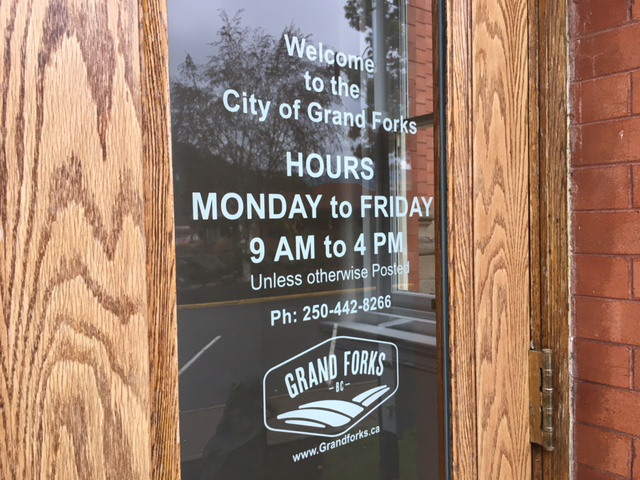
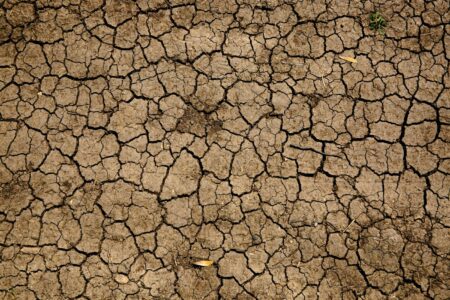



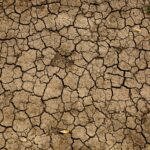









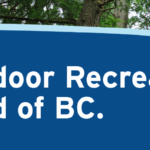

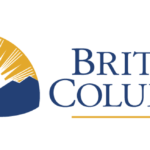



Comments